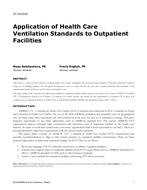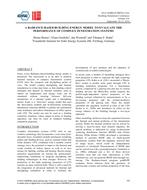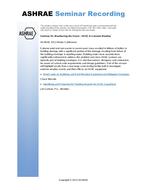Increasing CO emissions particularly from urban traffic are a continued concern for building standards and regulations. Researchers have attempted to address this problem by using CFD simulation to simulate the pollution dispersion in an area. Simulation results help policy makers create best solutions. However, much of this valuable research underestimates the impact of building height on street level pollution distribution, particularly in very high buildings (more than 100 m). This paper reports results from one extremely tall building (250 m) case in a high density urban area that exhibits a counterintuitive distribution of pollution. Using a coupled natural ventilation model, 3D incompressible turbulent flow and mass transfer problems of the skyscraper is solved with SST k-ω turbulent model in ANSYS Fluent. Openings are created on the exterior walls of the target building. Findings show that indoor air speed increases with increased outdoor wind speed with high speeds observed near openings. Additionally, CO does not flow into the skyscraper due to pressure distribution. These results suggest the need to continue exploring how building height and building surroundings may influence pollution distribution in urban areas.
Citation: ASHRAE/IBPSA-USA Bldg Simulation Conf, 2016
Product Details
- Published:
- 2016
- Number of Pages:
- 7
- Units of Measure:
- I-P
- File Size:
- 1 file , 3.1 MB
- Product Code(s):
- D-BSC16-10


